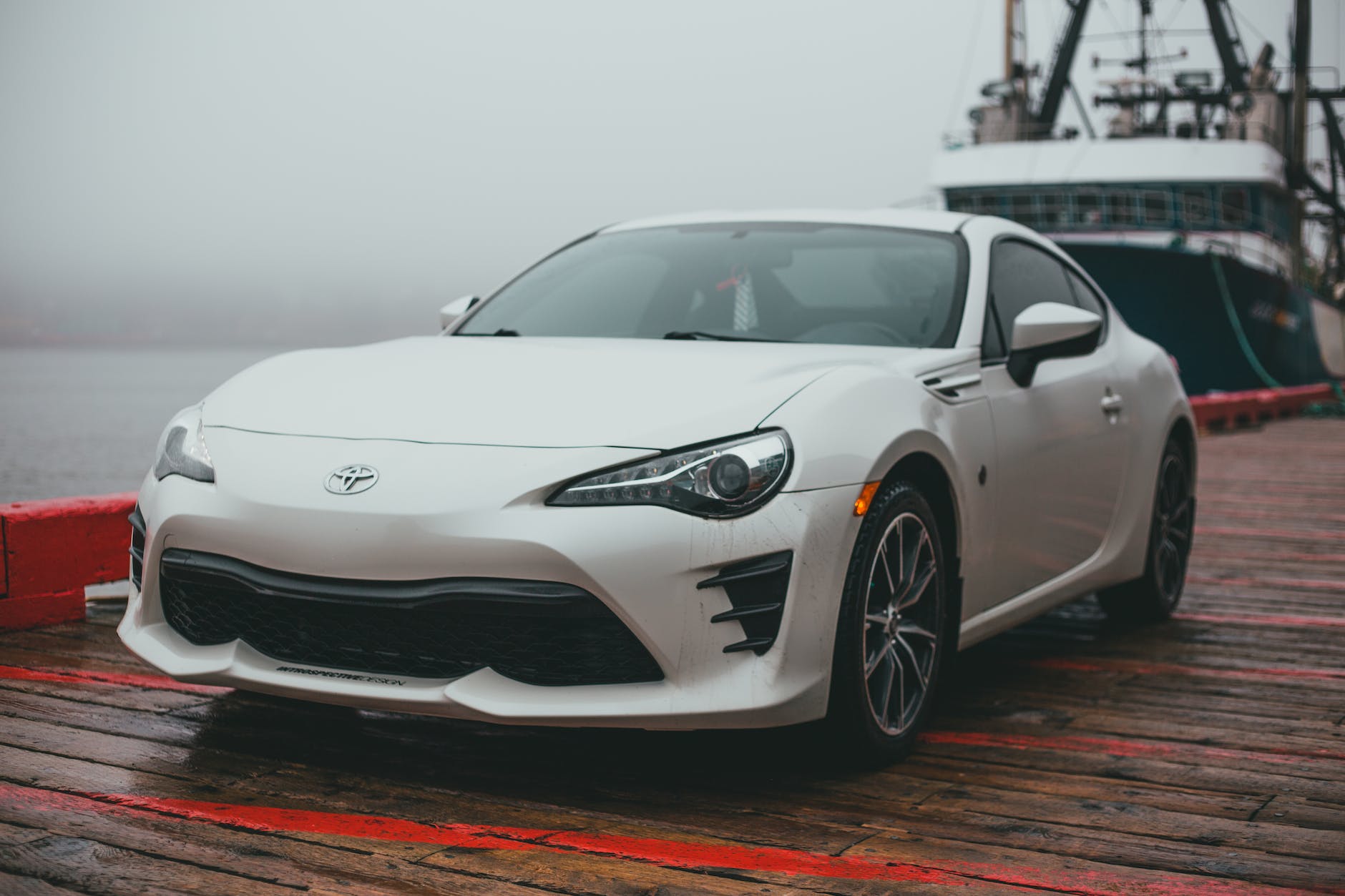
Starting a beverage cart business necessitates meticulous planning and research to identify the ideal location. Opting for a place with substantial pedestrian flow and excellent visibility is crucial while also factoring in parking options and proximity to your target clientele. A thorough evaluation of competitors and cost estimations will further ease the decision-making process. Keep reading for valuable tips on assessing potential locations to maximize the success of your mobile beverage business.
Consider Your Target Market and Demographics
Determine who your ideal customers are and where they gather or pass through during the times you plan to operate. Locations near office buildings, parks, beaches, or events that draw your target demographic are ideal. Understand their dining habits as well. For instance, the distinction between a breakfast and lunch crowd versus a nighttime and weekend crowd implies distinct location requirements. Placing your cart where your specific audience congregates enhances its visibility.
Research Potential Locations
Explore your area for places that align with your target customer analysis. Look at public parks, fairs, sports stadiums, busy downtown areas, shopping centers, and community events as potential spots. Note details like foot traffic patterns, parking, zoning laws, and any permit requirements. Talk to managers of the locations you’re interested in to understand their demands and restrictions. Once done, start compiling a list of possible spots that fit your business.
Look at Foot Traffic and Visibility
Consider the number of potential customers who walk past various locations daily. Spots near public transportation hubs often provide steady footfall. Parks and beaches may be busier on weekends or seasonally. Select places with consistently high pedestrian volume at your tentative operating hours. Also, ensure your cart is visible, not tucked away behind buildings or trees or hidden among other beverage carts and kiosks for hot or cold beverages. Proximity to walking paths is better than distance from them. High visibility translates to more spontaneous purchases. No one has ever bought anything from a cart they couldn’t see.
Evaluate Accessibility and Parking
To attract more customers, it’s essential to make it easy for them to get to your mobile cart. Check if there’s enough parking and public transportation nearby. High foot traffic won’t help if customers can’t reach you easily. Look for places with loading zones and short-term parking spaces that allow customers to stop quickly. Being close to bus stops, bike racks, and parking garages can also bring in more customers. Make sure you have enough space to park your cart and any delivery vehicles without blocking people’s way. Think about how easy it is for supplies to be delivered. Being in a location that’s easy to reach will make you stand out from your competitors.
Check Zoning Laws and Permits Required
Different locations fall under different zoning rules, so research what’s allowed in your potential spots. Municipal parks, beaches, and street locations likely require specific vendor permits and fees. Privately owned plazas or breweries may have their own requirements. Ensure you can meet all regulations and find out the processes and costs for applications. Preferred locations like busy street intersections that seem ideal may be prohibited. Look into health department requirements as well, especially if you’ll serve drinks and food. Don’t assume a space is viable before thoroughly checking laws.
Consider Proximity to Other Food/Drink Businesses
While you don’t want direct competition next door, some proximity to related businesses can actually help draw more customers. For example, choosing a spot near several popular restaurants can put you in a dining district where people expect to find food options. Nearby coffee shops may complement your cart rather than compete. However, you likely don’t want your cart stationed directly outside another beverage shop. Find a balance between utilizing existing foot traffic flows around dining spots without too much direct competition. Piggyback off popular food destinations without diluting your own potential sales.
Analyze the Competition
Examine if any competitors already operate successfully in locations you’re considering. Research their offerings, pricing, operating hours, and typical customer volumes. This can reveal if an area’s market aligns well with your planned business or is saturated. It also shows you what seems to work well in various locations, which can improve your own positioning. You likely don’t want to open right next to an established vendor selling the exact same thing. But a spot with related vendors can still work if you differentiate yourself. Let competitors’ successes and failures guide your own location analysis.
Estimate Costs and Do a Break-Even Analysis
The potential revenue and costs associated with each location will differ – factor this into your decision. Consider the permits needed and rental fees for public or private spaces under consideration. Also, factor in utility access costs if needed. Estimate your staffing and inventory needs for each spot based on expected sales volume.
Then, do a break-even analysis to see where your profitability point lies based on pricing. This will reveal how much business each location realistically needs to generate for you to be profitable there. Understanding these financial dynamics can prevent choosing a spot that looks great but won’t actually support your required sales.
Make a Location Decision Based on Your Research
With detailed research and analysis on all the above factors, you can make the optimal location decision for your new beverage cart. Consider the positioning that best targets your ideal customers. Factor in foot traffic patterns, visibility, accessibility, competition, and financial viability in each potential spot. The ideal location balances high customer volume, manageable operating costs, and proper legal/zoning protocols. Don’t sacrifice long-term profitability just for an initial surge of visibility and excitement. Take time to thoroughly evaluate all aspects of different locations. This diligence on the front end will pay off with years of smooth operations and satisfied customers.
Conclusion
In summary, choosing the perfect beverage cart location requires assessing your target market, estimated sales, costs, competition, laws, and accessibility. Take time to research potential spots in depth, as your location will be crucial to capturing your ideal customers conveniently and regularly. Consider all the factors in this article when making your decision. The effort spent now will ensure your new beverage business gets off to the right start.

